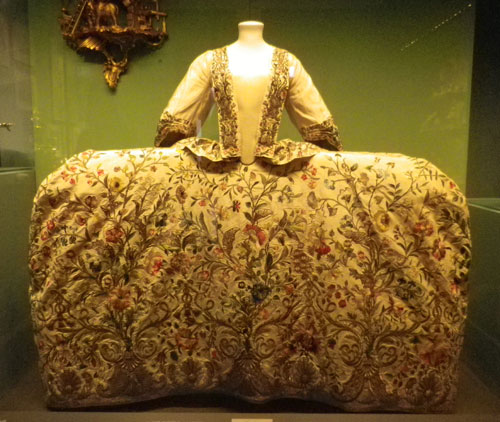I thought I’d show you where I research a lot of the objects at the Science Museum. This is the technical file store.
Well, actually it’s one bit of the technical file store. There are a dozen of these sections.
In each of the boxes on the shelves are a series of files containing technical details on each of the objects in the collection. Each box contains multiple files. The amount of files depends on the thickness of the individual file but I reckon the average would be about ten files per box.
Of course, this is only one source of research. There’s also the nominal file store (which looks pretty much the same but is across the hall) and the Accession Registers, which look very different.
I rather like the registers because, while they rarely tell me very much, they are rather cool. Sheets were prepared as objects came into the museum collection and, eventually, bound into leather faced volumes. These date back to the beginnings of the museum in the mid 1800’s.
In the second column from the left, you can see the date of the object. This is not the date the museum received it but the date made. That’s why there’s not always something written there. The person writing the register didn’t always know. And that’s one of the things I have to try and find out.
While I’m at it, I might just as well give you a small taste of the artistic skills of George Worcester (see the many Worcester posts in the past). This little sketch was in the technical file for one of the objects he had a connection with. The sketch is to show the shipping curator how they would drive them.
However, I didn’t spend a lot of time in the file stores today as I was researching individuals and companies. From yacht designer, Wilf Souter to yacht builders GL Watson.
One of them was Hugh McLean who started a business in Glasgow. He started building boats in Brisbane before moving to Scotland and building lifeboats for the RNLI.
Which brings me nicely on to the first life jackets. The first ones used by the RNLI were invented by Inspector Captain Ward in 1854. He took a load of cork blocks and sewed them into a canvas vest. I guess a lot of the old timers thought this was a case of ‘elf and safety gone mad because they weren’t adopted by everyone. Then, in 1861, a lifeboat capsized and the only survivor was Henry Freeman and, guess what…yes, he was the only one wearing a cork lifejacket.
And while I’m writing about clothing…this ridiculous dress is on show at the V&A. It is called a Mantua or court dress. It was all the rage in 1744. The trouble was that women wearing it had to walk sideways through doors. The only benefit was that the lady could display a large area of fabric.
I just think it’s weird. Sort of like the fashion for having the waistband of your jeans down round your knees. Both are equally, and inefficiently, stupid.








Well it goes to show if something is invented people should take note.
I learn’t about those dresses in school when you sat down the front would come up and in those days ladies did not wear under garments. Whoo hoo.
love mum x